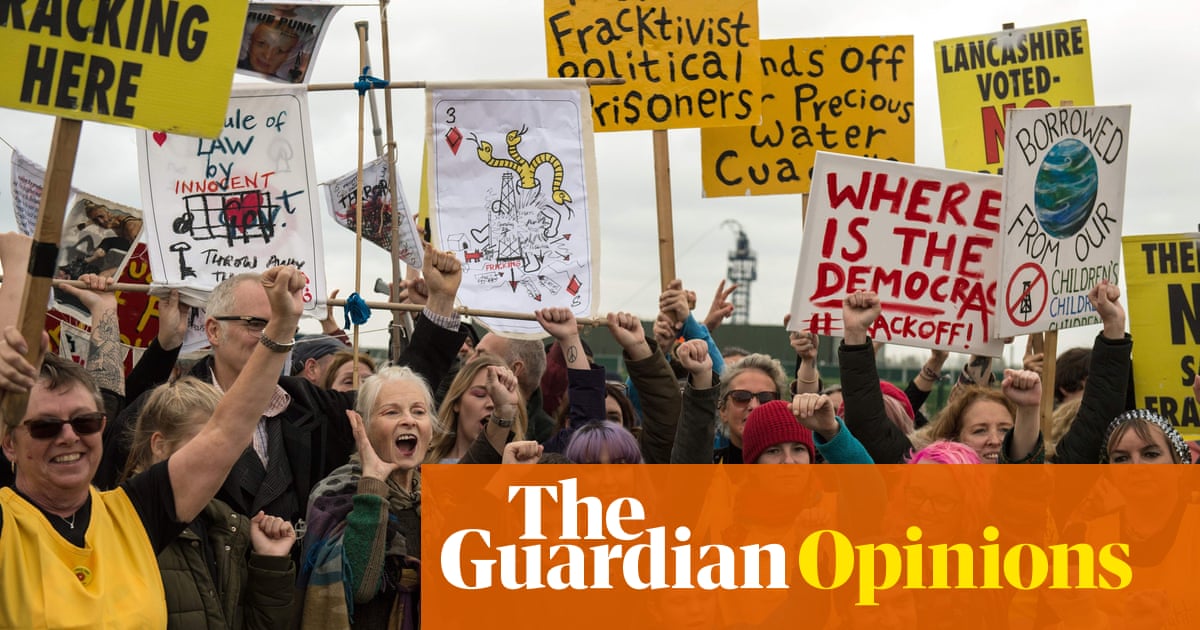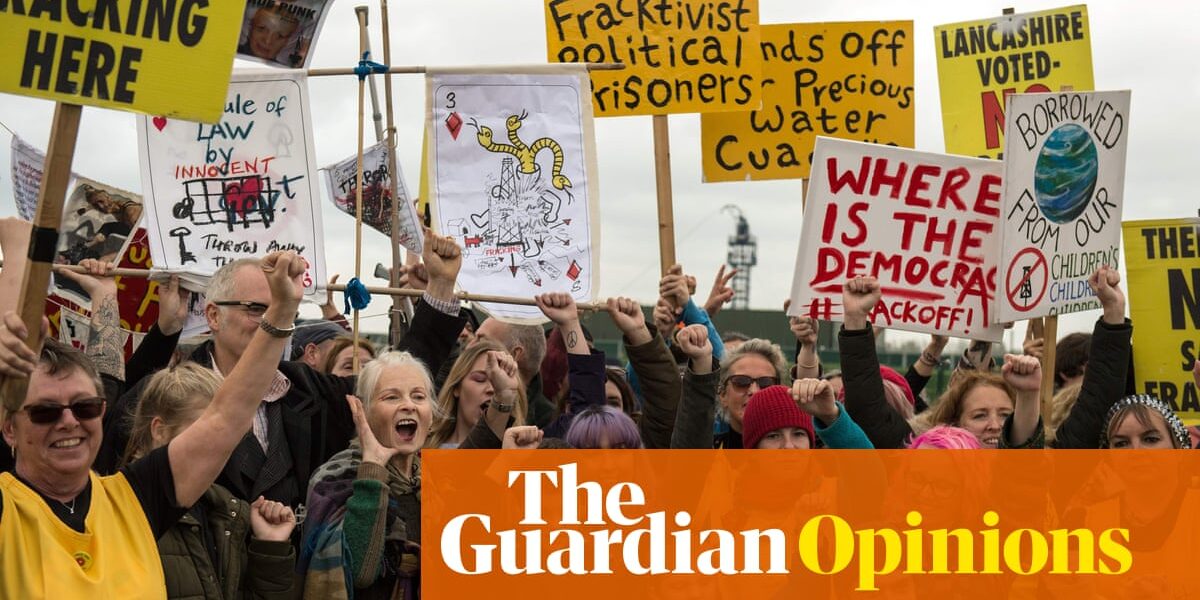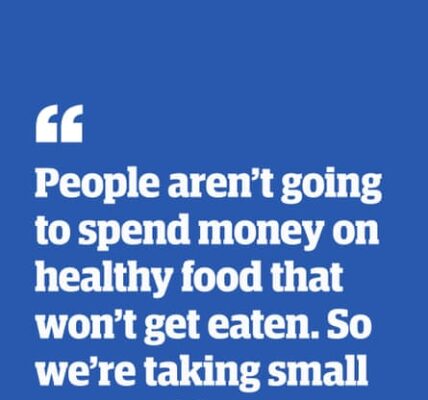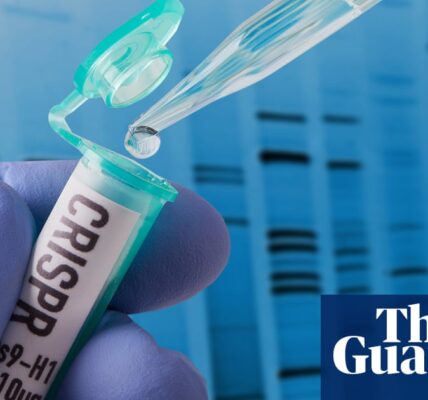I saw first-hand just how much fracking destroys the earth | Rebecca Solnit

The slashing rain turned the dirt roads into muddy creeks, the bus’s wipers shoved the torrent back and forth across the windshield, and Don Schreiber handled the wheel like Sandra Bullock in Speed as he wisecracked from under a big gray moustache. The vehicle swerved and slid in the storm, lightning flashed on the horizon, thunder shook the air. Whether the old yellow bus would make it back to the ranch house, get stuck or slide and flip depended on his driving.
Don, in his white Stetson and a blue and white checked western shirt, was our tour guide on this land in northwestern New Mexico that he knew intimately and had dedicated his retirement to protecting. When he and his wife Jane Schreiber bought the ranchland about 200 miles north-west of Santa Fe in 1999 to retire to, they – like many westerners – found that they owned the land, but not the subsurface rights. The fracking boom came, and gas companies began gouging holes for gas wells, laying pipelines and cutting roads across the fragile desert soil. Big trucks rolled across the land night and day to service the wells that studded the landscape. At the well we stopped at, the pressure gauge was broken.
The now seventysomething Don and Jane Schreiber turned what they intended to be a bucolic retirement of riding the range on horseback and practicing small-scale sustainable ranching into environmental advocacy. Jane prefers a quieter approach, but Don is probably the most high-profile opponent of fracking in the San Juan basin and one of New Mexico’s most outspoken climate activists. With outspoken eloquence and humor, his first-hand experience of fracking’s consequences, his lifelong roots in the area, his mastery of the science, geography and laws behind the fracking boom and the trouble it brings, he’s a formidable voice on social media, in public hearings, in interviews and in editorials.
My New Mexico friends had joined me to come understand first-hand the fossil fuel industry we so often read and talk about. We’d made the long drive out the afternoon before across beautiful landscapes, with the bare red cliffs and silhouetted mountains Georgia O’Keeffe loved to paint giving way to forests and great expanses of land like the Schreibers’ ranch that looked flat from a distance but up close revealed billowing swells and gullies descending into small canyons. Studded with rabbit brush, sagebrush and other tough arid-land plants, the ruddy soil was visible even where a pale covering of dry grass spread. Blue mountains ringed the horizon and above it all was the immense and turbulent New Mexico summer sky.
San Juan county and the surrounding area are the world’s largest known coalbed methane field. One hundred and twenty-two fracking wells are scattered on and around the land to which Don and Jane hold title, and there are more than 20,000 in the region. Each well presents a threat to the long-term well-being of the land, water and life this place sustains. Don told me: “It is otherworldly to sit in the center of an arid place like the high desert in New Mexico and watch millions of gallons of water taken from our aquifers or rivers or our lakes pumped down to make a single gas well that contaminates that water forever.” Water is as precious as it is scarce here, with annual rainfall and snowmelt of about 10in a year, some of it in monsoon storms like the ones we drove through.
As Don drove, we could see the erosive power of roads cut straight across dry fragile soil held together by surface crust and underground networks of roots. Fast-moving streams somewhere between the color and consistency of chocolate milk and New Mexico’s red chile sauce carried that liquified topsoil into gullies and ruts, carving them deeper as they gushed. The roads deteriorated as we sped across them.
The fracking wells and their infrastructure of pipelines and roads represent one kind of menace while they’re pumping and another when the corporations are done pulling out the gas and using up the scarce local water – the menace of abandoned wells and roads that continue to pollute and erode the landscape. The gains are short-term, made to be burned up; the losses are long-term. The region – whose biggest town’s name, Farmington, reflects its agrarian roots – has the highest concentration of methane pollution in the United States, and methane is a far more potent, if shorter-lived, greenhouse gas than carbon dioxide.
We had gotten caught in that rain because I wanted to see the ruins that Don had mentioned, and had gone a little farther out rather than turning back, despite the ominous sky. At the far end of our journey across the Schreiber ranchlands, we had come to a place where an orange-red sandstone cliff paralleled the rough road. In its heights was a stone structure built many hundreds of years ago by the Diné (Navajo) inhabitants of the area. Flat rocks the same color as the surrounding stone were piled up into neat walls on a ledge partway up the cliff. We got out and admired it until the increasing rain made it urgent to try to race the downpour back to the ranch house.
But memory of that structure stayed with me. It said that this place, arid as it was, had supported human beings for millennia (archeologists say more than 10,000 years), and could possibly do so for many more. It spoke of deep time. The wells spoke of the opposite, of what we could call shallow time. The fossil fuel industry chases short-term profit and leaves longterm wreckage in its wake, both as the specific damage to extraction sites which may be gouged out or poisoned or both, and as climate chaos. It’s like this all over the world.
For example, in Germany, a private company is mining low-grade lignite coal by digging up a lush rural landscape, mile after mile of it, gouging out the ground where farms, villages, churches, graveyards have existed for centuries. The gain is dirty coal to be burned once. The loss is farmland that has fed human beings for 1,000 years and probably could for 1,000 more.
What will be left behind is some profit in the accounts of shareholders, some emissions from the dirtiest fuel on earth, and a vast hole that will fill with water and become a manmade lake. No one standing on the rim of that lake a century or five from now will have benefited from the coal. They might feel the loss of the farmland, the 1,000-year-old church, the continuity of the surface of this particularly fertile stretch of the earth, and the impact of the carbon dioxide that was emitted when the coal was burned. They may feel, as the ravages of climate chaos or its residues, the harm from that coal.
By the same measure, no one standing where we did in 50 or 500 years to see those Diné ruins will have benefited from the methane extracted there, but the landscape may still be more eroded, more arid, more contaminated, more impoverished because of a brief quest for profit in the early 21st century. We have been making short-term decisions for a long time, and the consequences have arrived along with the decision of whether it’s time to commit to long-term futures and the long-term survival of places that fossil fuel has and will wreck.
The truth about fossil fuel is that the transition away from it is already underway. Already underway and already profitable – solar and wind are cheaper than fossil fuel for power generation in most places – and beneficial for us all. Electrifying almost everything and getting that electricity from renewable sources isn’t just something we need to do for the climate, for the composition of the upper atmosphere and the way that atmosphere shapes our weather, ocean currents and destiny.
It’s something we need to do to escape the many kinds of devastation that came with the age of fossil fuel. That includes not only the damage to water, earth and air, but to our politics, as reliance on the unevenly distributed resource props up tyrannical regimes tolerated for access to fuel and bullying corporations spreading propaganda and corrupting politics. Fossil fuel is now the worst way to power machines, in the many cases when those machines can run on electricity from renewables.
That hot summer day in north-western New Mexico, we did make it back, thanks to Don’s quick reflexes and decades of experience navigating treacherous dirt roads. It wasn’t a certainty we would until we were heading up the last rise and the stable and ranch house were in view through the raindrops.
But in a sense we are all in a school bus on a slippery road in a thunderstorm. Climate activists are trying to take the wheel from the reckless drivers who are steering us all into trouble. We are trying to turn toward safety. We are trying to be good ancestors, to make a world in which the land that fed many species, including ours, in the past will feed them in the future, to take the fork in the road ahead that leads to well-being in the short term and the long. To build better roads to the future instead of sliding into the ditch.
-
Rebecca Solnit is a Guardian US columnist. She is the author of Orwell’s Roses and co-editor with Thelma Young Lutunatabua of the climate anthology Not Too Late: Changing the Climate Story from Despair to Possibility
Source: theguardian.com




